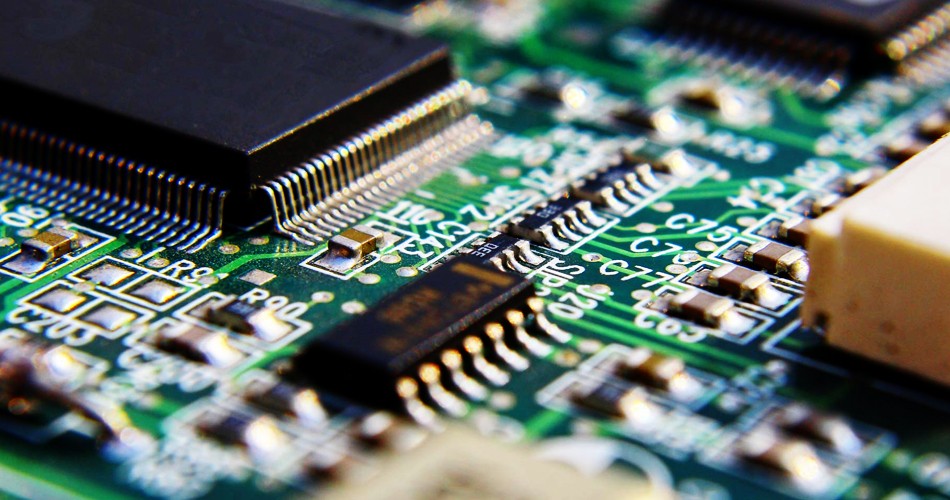- English
- Español
- Português
- русский
- Français
- 日本語
- Deutsch
- tiếng Việt
- Italiano
- Nederlands
- ภาษาไทย
- Polski
- 한국어
- Svenska
- magyar
- Malay
- বাংলা ভাষার
- Dansk
- Suomi
- हिन्दी
- Pilipino
- Türkçe
- Gaeilge
- العربية
- Indonesia
- Norsk
- تمل
- český
- ελληνικά
- український
- Javanese
- فارسی
- தமிழ்
- తెలుగు
- नेपाली
- Burmese
- български
- ລາວ
- Latine
- Қазақша
- Euskal
- Azərbaycan
- Slovenský jazyk
- Македонски
- Lietuvos
- Eesti Keel
- Română
- Slovenski
- मराठी
- Srpski језик
Power supply noise filtering and voltage stabilization in PCBA assembly
2024-03-16
In PCBA assembly, power supply noise filtering and voltage stabilization are crucial as they help ensure the stability of the power supply and reduce noise and interference in electronic equipment. Here are some key aspects and strategies for power supply noise filtering and regulation:

Power supply noise filtering:
1. Filter capacitor:
Add a capacitor between the power supply input and output to reduce high frequency noise and spikes. These capacitors are usually ceramic capacitors and electrolytic capacitors.
2. Filter inductor:
Inductors (usually coils) are used to filter low-frequency noise and prevent power supply harmonics. Inductors are often used in parallel with capacitors.
3. RC filter:
Use an RC filter in PCBA assembly composed of resistors and capacitors to filter out noise within a specific frequency range.
4. Magnetic filter:
Add magnetic filters to power lines to prevent high-frequency electromagnetic interference (EMI) from entering the power lines.
5. Stabilized power supply:
Use a regulated power supply to provide stable voltage output and reduce the impact of power fluctuations on the PCBA assembly.
6. Cabling and grounding design:
Good PCB routing and ground design can reduce crosstalk and noise propagation between power lines and ground lines.
Voltage stabilization:
1. Linear regulator:
Linear regulators stabilize the output voltage by converting excess voltage into heat. They are suitable for low-power applications, but are less efficient.
2. Switching regulator:
Switching regulators provide stable output voltage with higher efficiency in PCBA assembly. They are suitable for high power consumption applications.
3. Voltage regulator module:
Use prefabricated voltage regulator modules, which often integrate the necessary circuitry and components, simplifying design and installation.
4. Voltage regulator adjustment:
Be sure to select the appropriate voltage regulator to meet your power needs, including output voltage and current.
5. Temperature compensation:
Some voltage regulators have temperature compensation features that provide stable output at different temperatures.
6. Transient response:
Choose a regulator with good transient response to handle fast load changes in PCBA assembly.
7. Power supply voltage monitoring:
Use a supply voltage monitoring circuit to monitor voltage and trigger an alarm or protective action when the voltage falls below or exceeds a specified threshold.
8. Overcurrent protection:
Add overcurrent protection to regulated power supplies to prevent current from exceeding safe limits.
By comprehensively considering power supply noise filtering and voltage stabilization strategies, it is possible to ensure that the power supply on the PCBA assembly provides a sufficiently stable and low-noise power supply, thereby improving the performance and reliability of electronic equipment.
-
Delivery Service






-
Payment Options









